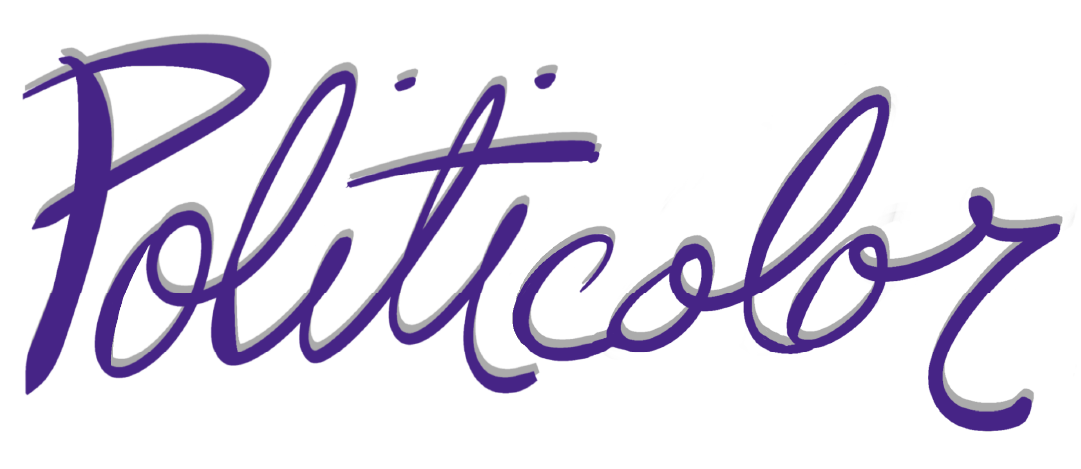This year’s National Academy experienced the potency of color and politics through a mural tour of east L.A. Ben Weber, a participant this year, arranged for us to meet Carlos Callejo at the corner of Cesar Chavez and Soto in Boyle Heights. Carlos’s enthusiasm for taking art to the street, “where the people are,” was something more than infectious. He had been one of the first muralists to work on this corner twenty years ago and we now huddled around the back of his car as he unrolled his plans for a newly commissioned mural. He believes his art can change the world—-for the people in the neighborhood who are often reflected in the images and for the world at large imagined to be in the audience.

Plans for an empty wall
We walked past plywood covered walls to the next street corner when Carlos found a muralist at work on the other side of the building. Willie Heron stood atop scaffolding working on the painstaking process of restoring a mural he had painted on the wall more than twenty years ago. He explained the ongoing struggle between muralists and taggers. He was using plywood to protect his work from taggers who now target murals as a means to preserve their own work. Heron’s original work was titled “The Progress of Man” and included images like nuclear bombs to illustrate the dual nature of those advancements–the capacity to create and to destroy.
Willie also shared how much more difficult it is now to bring his art to street corners like this. Work that once required little more than someone to donate the paint requires money for permits and the approval of city officials. Carlos shared how a young boy wearing a baseball hat appeared in the plans for one of his murals was later painted wearing a brown beret in a show of support for the Chicano movement of the sixties and seventies. Submitting their work to the city for permit approval subjects the message of the artists and the people they represent to approval as well. Carlos reminds us L.A. was once the mural capital of the world. That title has also given way to city ordinances.

Willie Heron restores his work
The tour continued and included work added to the housing projects of Estrada Courts and the neighborhood’s recreation center. The images often utilize images of Aztec gods to represent a proud heritage and futuristic images evoking a vision for the people. It is easy to imagine the people passing by us on the street can see themselves in each image.
At Estrada Courts, Carlos shares the story of one his murals where he had to “cut the ambilical cord” and let the art take on a life of its own. He had included a reference to Air America Airlines in his work to speak to the large amount of heroine traffic making its way into the U.S. and neighborhoods like this via an airline covertly operated by the CIA. Neighborhood officials had required several revisions to the work when Carlos cut the cord. City workers appeared to paint over his work but the neighborhood’s residents rallied and blocked those efforts. Another mural on the block protested the inequity in Hispanic casualties during Vietnam. The Hispanic community comprised only 7% of the population of the time but 28% of wartime casualties. Carlos appears to enjoy the controversy but reminds his audience that they didn’t have access of the media so they took control of the message where they could. He believes conflict nurtures growth and he has lent his work to provoking progress.
Are images like these more potent than words? Does artwork using familiar faces or pointing to shared experiences provoke us in ways words can not? Click the link below to see more pictures of the tour and add your thoughts to the comments…

Estrada Courts

Estrada Courts (detail)

Carlos shares the story of the art

Between Buildings



Dreams of Flight

Carlos explains the statistics motivating the art


Ben and Carlos contemplate the next stop
